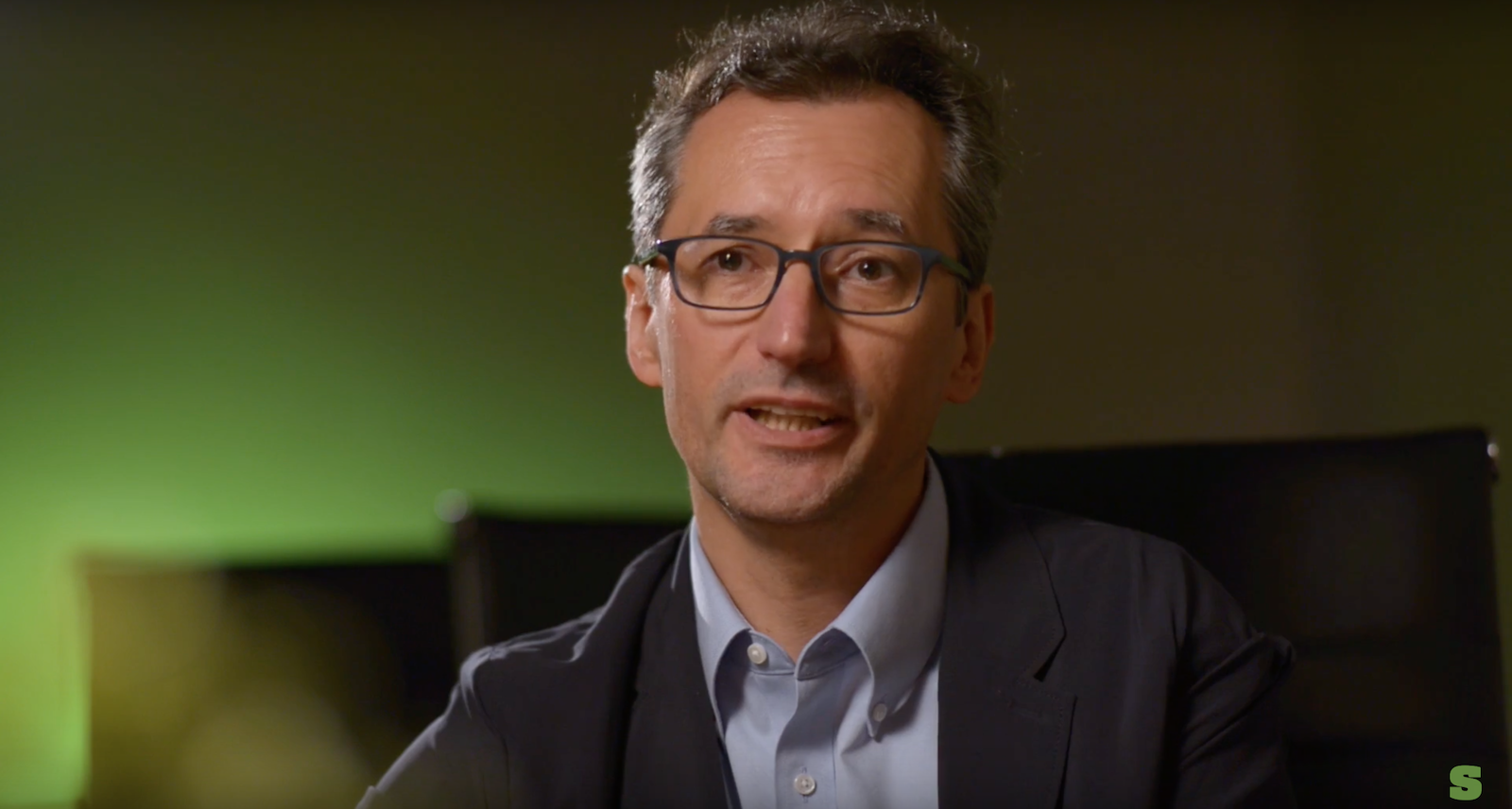Virtual reality versus real life Zsolt Olah is so enthusiastic about emerging tech within L&D, it’s contagious. But the energy isn’t always around the next gadget or novel toy. We caught up with him at ATD to talk about the inherent limitations within simulated training.
Soft skills exist, and will always exist, in a very nuanced and grey area for training. People are complex and their personalities can shift from day to day, making it hard to “simulate” a real-world human interaction. Zsolt offers some very insightful, and candid, opinions in this short interview.
For more info about virtual reality versus real life through the lens of Mr. Olah, check out his book “Engage the WorL&D!”
For more useful tips and information on everything from leadership development to compliance training and more, visit https://sage.media/blog.
Transcript
Zsolt Olah: I think where we are today with soft skill development is where we were with second life six, seven years ago that we discovered that we don’t need people anymore. We can do this in a virtual reality and learn how to select out of four choices the right thing to say, and then you practice and you don’t need anybody else. You can do it online, you can do it any time. The problem with that approach is that you actually never have to do it in real life. In real life you talk to a human, there’s a lot of things happening between two people, smiling, posture, expressions that needs to happen. You can build an avatar and put the words into their mouth and you have a pseudo conversation. What’s missing from that is the actual reality of feelings and emotions. And then you send this person out to serve customers and then it picks the right choice.
It says the right thing, it just doesn’t sound like it’s true because you never practiced that, you never see the customer running around quickly. I think where we need to focus on is how can we create an environment when we can have those emotions to build the emotions and practice the emotions rather than just the picking the right words and building the conversations. To actually build relationships and figuring out the other person, don’t give everything out. Don’t tell everything about what you need to know about the person. Let them figure it out. You never know when a customer comes in, there’s no little box that says customer’s name, age. That’s not a scenario. You come in you see a person, you have a lot of bias and assumption, and then you go with the conversation. So I think the best way to practice is actually with humans right now, I think.
